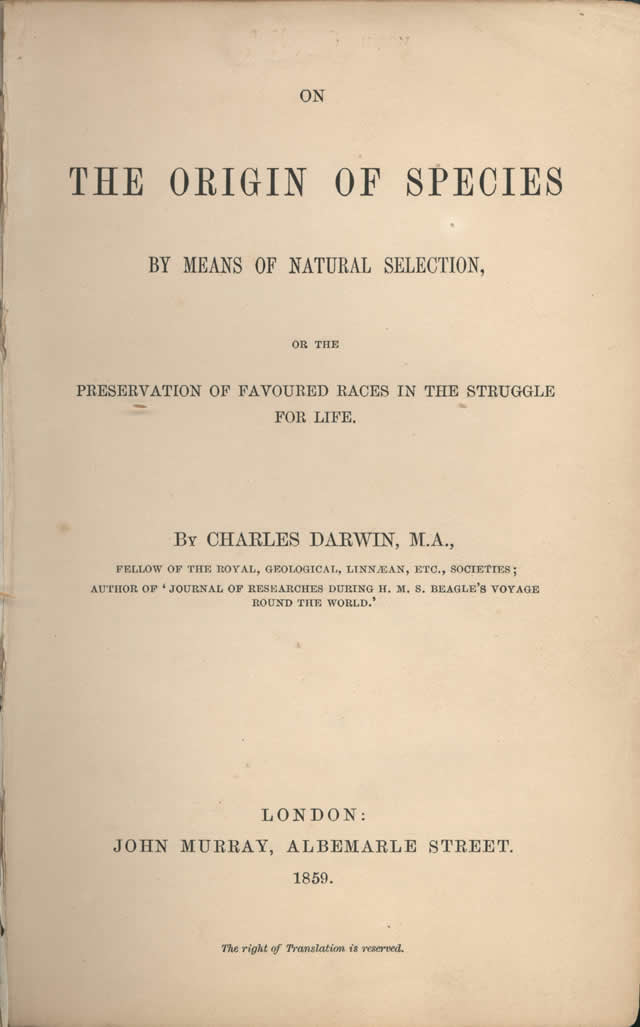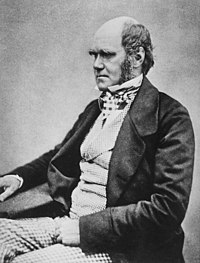 The world lost pioneering biologist Lynn Margulis on November 22.
The world lost pioneering biologist Lynn Margulis on November 22.
One of her key contributions to biology, and in fact, to our overall understanding of the development of complex life, was her theory of the symbiotic origin of the nucleated cell, or symbiogenesis. Almost 50 years ago Margulis first argued that such complex nucleated, or eukaryotic, cells were formed from the association of different kinds of bacteria. Her idea was both radical and beautiful: that separate organisms, in this case ancestors of modern bacteria, would join together in a permanent relationship to form a new entity, a complex single cell.
Until fairly recently this idea was mostly dismissed by the scientific establishment. Nowadays her pioneering ideas on cell evolution through symbiosis are held as a fundamental scientific breakthrough.
We feature some excerpts below of Margulis’ writings:
[div class=attrib]From the Edge:[end-div]
At any fine museum of natural history — say, in New York, Cleveland, or Paris — the visitor will find a hall of ancient life, a display of evolution that begins with the trilobite fossils and passes by giant nautiloids, dinosaurs, cave bears, and other extinct animals fascinating to children. Evolutionists have been preoccupied with the history of animal life in the last five hundred million years. But we now know that life itself evolved much earlier than that. The fossil record begins nearly four thousand million years ago! Until the 1960s, scientists ignored fossil evidence for the evolution of life, because it was uninterpretable.
I work in evolutionary biology, but with cells and microorganisms. Richard Dawkins, John Maynard Smith, George Williams, Richard Lewontin, Niles Eldredge, and Stephen Jay Gould all come out of the zoological tradition, which suggests to me that, in the words of our colleague Simon Robson, they deal with a data set some three billion years out of date. Eldredge and Gould and their many colleagues tend to codify an incredible ignorance of where the real action is in evolution, as they limit the domain of interest to animals — including, of course, people. All very interesting, but animals are very tardy on the evolutionary scene, and they give us little real insight into the major sources of evolution’s creativity. It’s as if you wrote a four-volume tome supposedly on world history but beginning in the year 1800 at Fort Dearborn and the founding of Chicago. You might be entirely correct about the nineteenth-century transformation of Fort Dearborn into a thriving lakeside metropolis, but it would hardly be world history.
“codifying ignorance” I refer in part to the fact that they miss four out of the five kingdoms of life. Animals are only one of these kingdoms. They miss bacteria, protoctista, fungi, and plants. They take a small and interesting chapter in the book of evolution and extrapolate it into the entire encyclopedia of life. Skewed and limited in their perspective, they are not wrong so much as grossly uninformed.
Of what are they ignorant? Chemistry, primarily, because the language of evolutionary biology is the language of chemistry, and most of them ignore chemistry. I don’t want to lump them all together, because, first of all, Gould and Eldredge have found out very clearly that gradual evolutionary changes through time, expected by Darwin to be documented in the fossil record, are not the way it happened. Fossil morphologies persist for long periods of time, and after stasis, discontinuities are observed. I don’t think these observations are even debatable. John Maynard Smith, an engineer by training, knows much of his biology secondhand. He seldom deals with live organisms. He computes and he reads. I suspect that it’s very hard for him to have insight into any group of organisms when he does not deal with them directly. Biologists, especially, need direct sensory communication with the live beings they study and about which they write.
Reconstructing evolutionary history through fossils — paleontology — is a valid approach, in my opinion, but paleontologists must work simultaneously with modern-counterpart organisms and with “neontologists” — that is, biologists. Gould, Eldredge, and Lewontin have made very valuable contributions. But the Dawkins-Williams-Maynard Smith tradition emerges from a history that I doubt they see in its Anglophone social context. Darwin claimed that populations of organisms change gradually through time as their members are weeded out, which is his basic idea of evolution through natural selection. Mendel, who developed the rules for genetic traits passing from one generation to another, made it very clear that while those traits reassort, they don’t change over time. A white flower mated to a red flower has pink offspring, and if that pink flower is crossed with another pink flower the offspring that result are just as red or just as white or just as pink as the original parent or grandparent. Species of organisms, Mendel insisted, don’t change through time. The mixture or blending that produced the pink is superficial. The genes are simply shuffled around to come out in different combinations, but those same combinations generate exactly the same types. Mendel’s observations are incontrovertible.
[div class=attrib]Read the entire article here.[end-div]
[div class=attrib]Image: Lynn Margulis. Courtesy edge.org.[end-div]


 [div class=attrib]From Scientific American:[end-div]
[div class=attrib]From Scientific American:[end-div] [div class=attrib]By Massimo Pigliucci at Rationally Speaking:[end-div]
[div class=attrib]By Massimo Pigliucci at Rationally Speaking:[end-div] [div class=attrib]From the New Scientist:[end-div]
[div class=attrib]From the New Scientist:[end-div] [div class=attrib]From Smithsonian.com:[end-div]
[div class=attrib]From Smithsonian.com:[end-div] For the first time, scientists have created life from scratch – well, sort of.
For the first time, scientists have created life from scratch – well, sort of.  As with any other species, human populations are shaped by the usual forces of natural selection, like famine, disease or climate. A new force is now coming into focus. It is one with a surprising implication — that for the last 20,000 years or so, people have inadvertently been shaping their own evolution.
As with any other species, human populations are shaped by the usual forces of natural selection, like famine, disease or climate. A new force is now coming into focus. It is one with a surprising implication — that for the last 20,000 years or so, people have inadvertently been shaping their own evolution. [div class=attrib]From Discover:[end-div]
[div class=attrib]From Discover:[end-div] [div class=attrib]From Discover:[end-div]
[div class=attrib]From Discover:[end-div] [div class=attrib]From Discover:[end-div]
[div class=attrib]From Discover:[end-div]